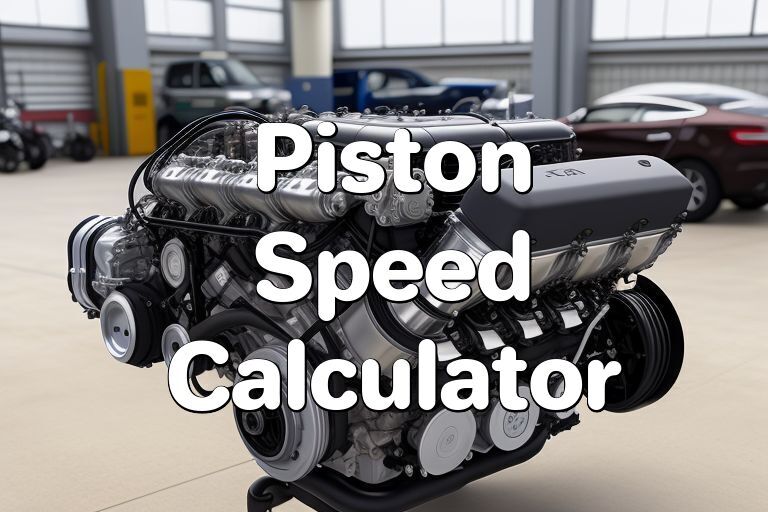Piston Speed Calculator
The LRFIX Piston Speed Calculator determines piston speed using stroke length and RPM for engine performance analysis.
Piston Speed Calculator
/min
meters/s
Notes:
- Ensure all inputs are positive numbers for accurate results.
- The stroke length is automatically converted from cm or mm to meters.
- The piston speed is calculated and displayed in meters per second (meters/s).





